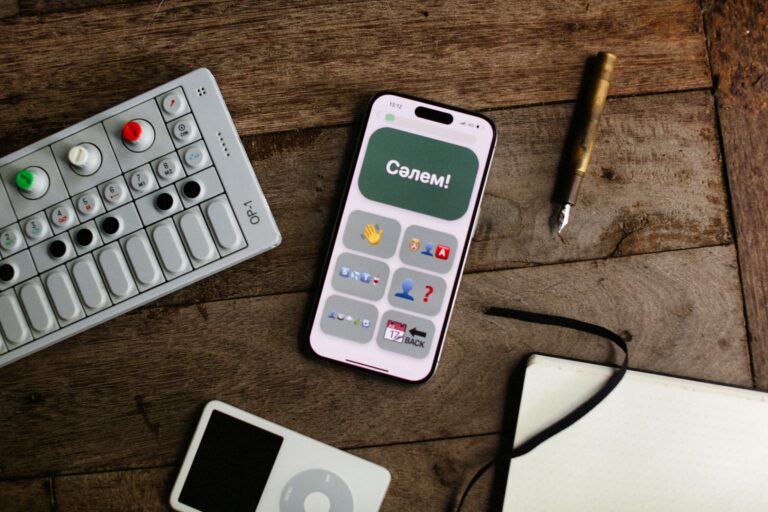
In a world drowning in digital noise, getting someone’s attention—and keeping it—is harder than ever. That’s where sensory marketing steps in. Rather than relying solely on visuals or catchy taglines, brands are now engaging all five human senses to create immersive experiences that build emotional connections and lasting impressions.
This isn’t just a marketing trend. It’s a science-backed strategy rooted in how our brains form memories and associations. And some of the most iconic American brands are using it masterfully.
Let’s explore what sensory marketing is, why it works, and how companies across the U.S. are using it to deepen brand loyalty, increase sales, and stand out in saturated markets.
1. What Is Sensory Marketing?
Sensory marketing is the practice of engaging consumers through sight, sound, touch, taste, and smell to influence their emotions and behaviors. Unlike traditional advertising that often focuses on logic and information, sensory campaigns appeal to instinct and memory.
Think of walking into a Starbucks and smelling freshly brewed coffee before you even order. Or hearing the satisfying “pop” of a Coca-Cola can opening in an ad. These aren’t coincidences—they’re intentional sensory cues designed to make you feel something.
2. The Science Behind the Senses
Why does sensory marketing work so well? It taps directly into the limbic system, the part of our brain responsible for emotions and memories. A familiar scent or sound can transport someone to a specific moment in time—something visual marketing alone often can’t achieve.
Studies have shown that multisensory brand experiences are more effective than single-sense ones. Consumers are not only more likely to remember these experiences but also to act on them—whether that’s making a purchase or developing brand loyalty.
3. Sight: The First Impression That Sticks
Visual identity still reigns supreme, but with a twist. Color, shape, motion, and even light temperature affect perception.
Brand Example:
Target’s use of bold red isn’t just for aesthetics—it triggers excitement and urgency. Similarly, Apple uses minimal, clean visuals to communicate simplicity and sophistication.
Add in dynamic LED displays, AR experiences, and holographic packaging—visuals today are more immersive than ever.
4. Sound: The Underrated Superpower
Sound is often overlooked, yet it’s a potent brand differentiator.
Brand Example:
McDonald’s has one of the most recognizable jingles in the U.S.—“I’m Lovin’ It”—which activates brand recall in a matter of seconds. Intel’s five-note chime is so iconic, you’d know it even with your eyes closed.
Brands like Netflix have turned their intro sounds (“ta-dum”) into a signal of entertainment anticipation.
Smart brands don’t just think about what their visuals look like—they think about what they sound like.
Continue reading…
(Next, we’ll explore how smell, touch, and taste play surprisingly powerful roles in brand storytelling—and why even digital-first brands are finding ways to activate them.)


